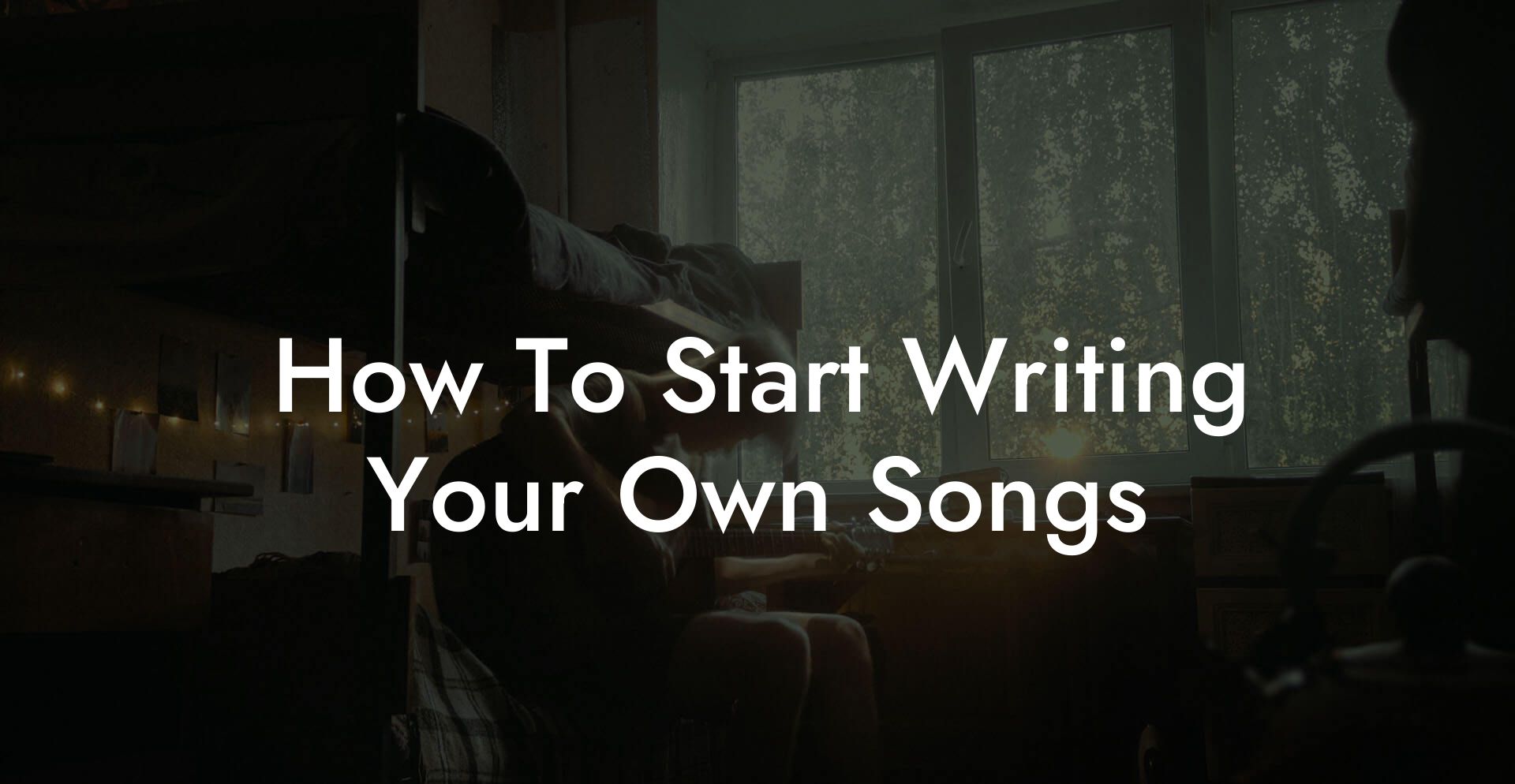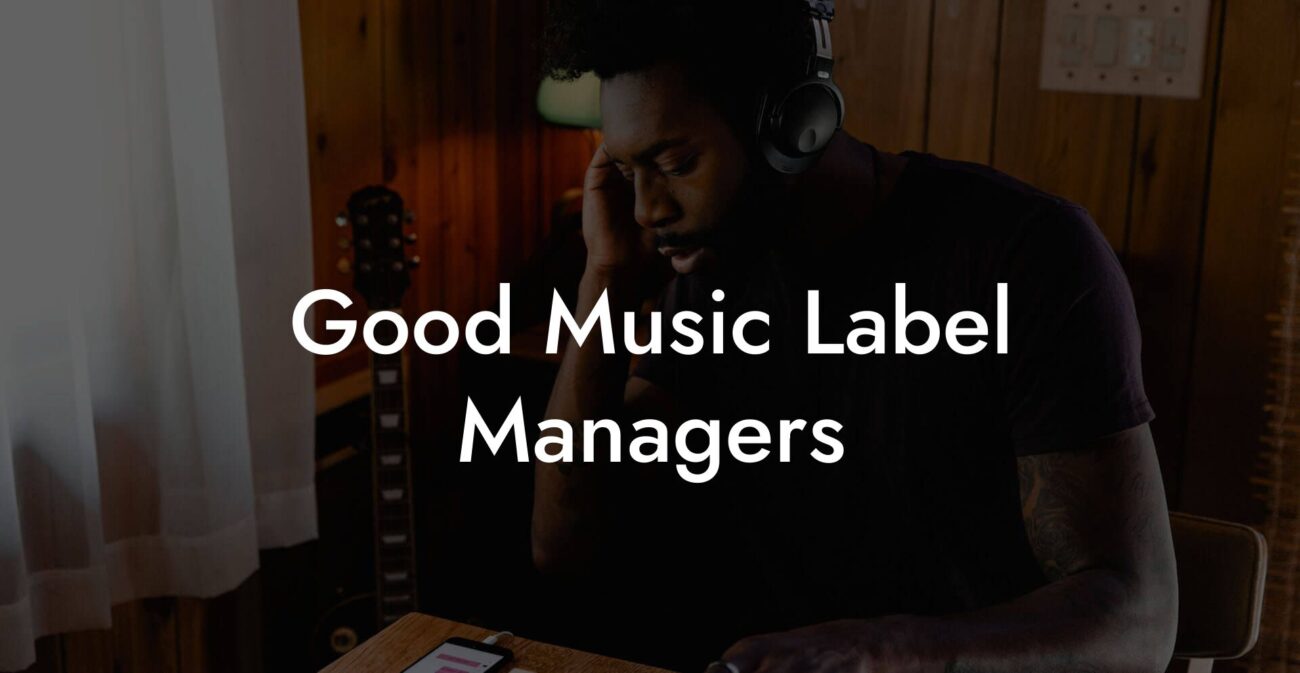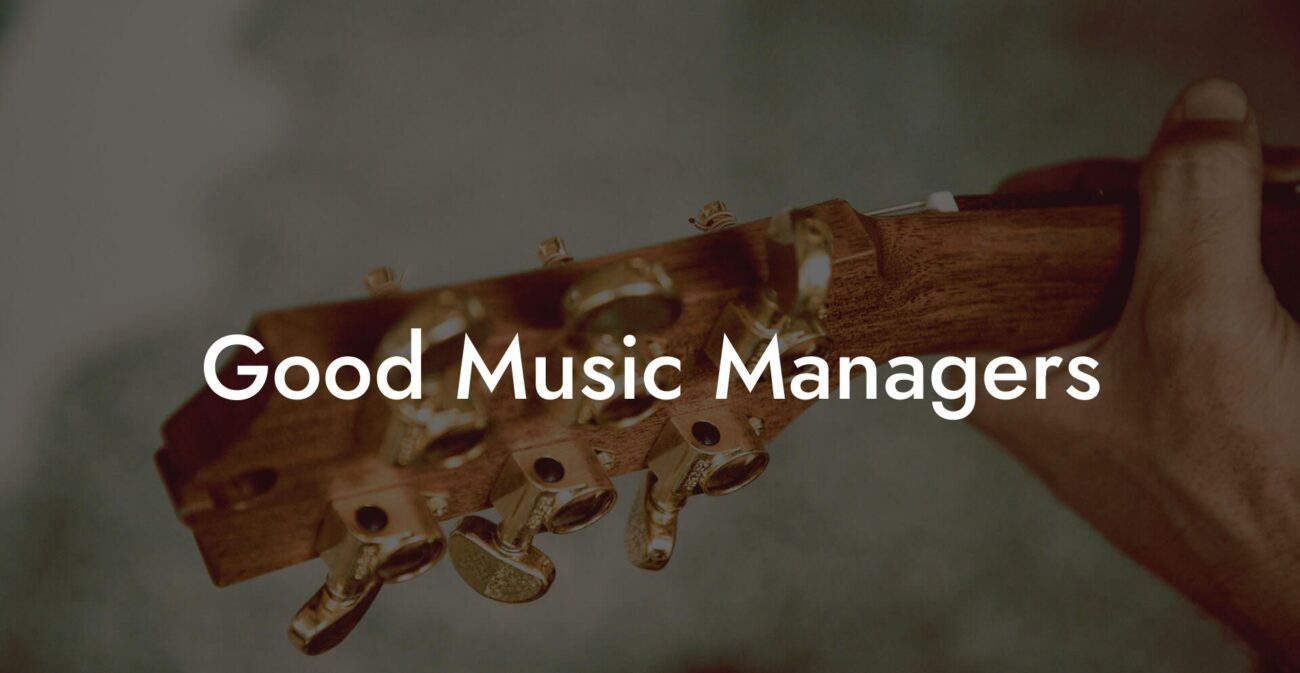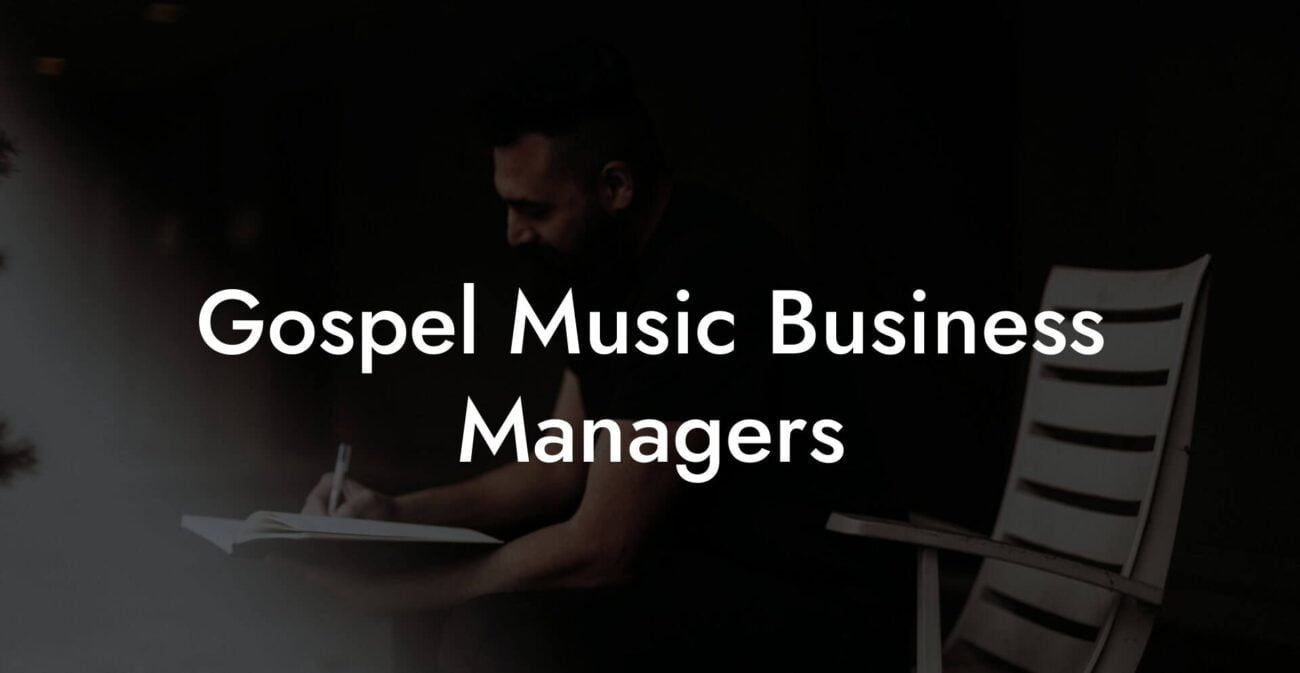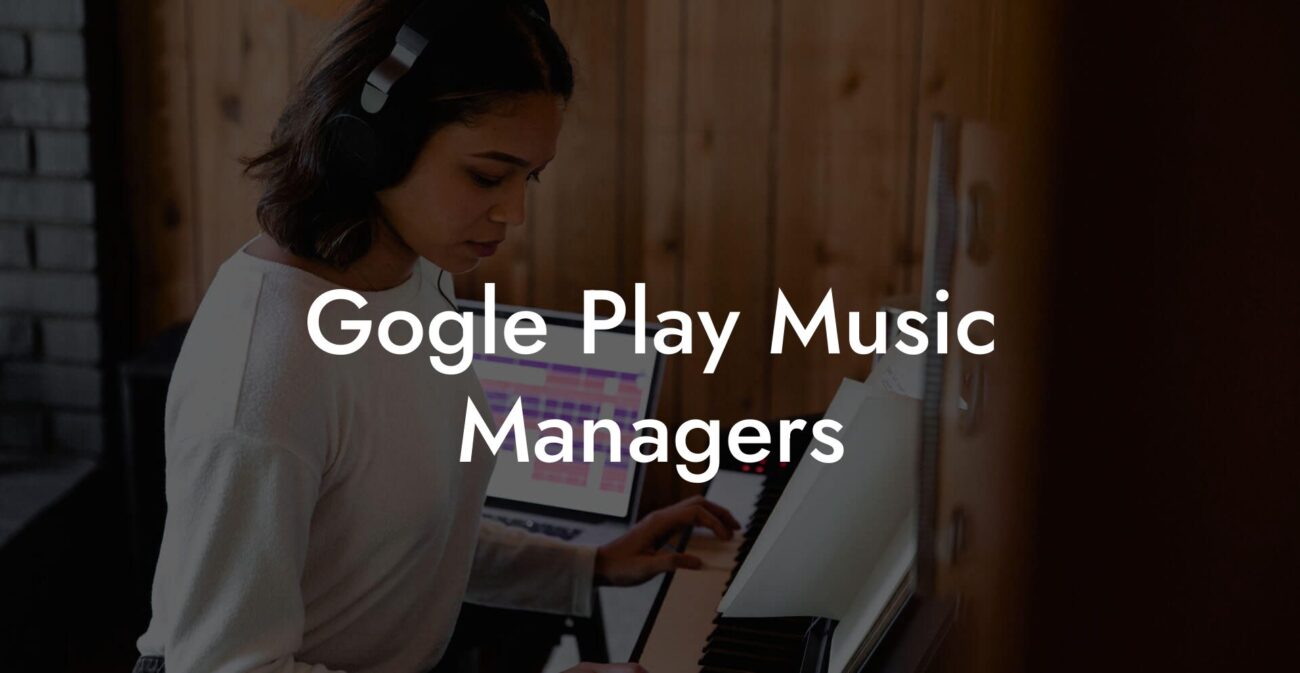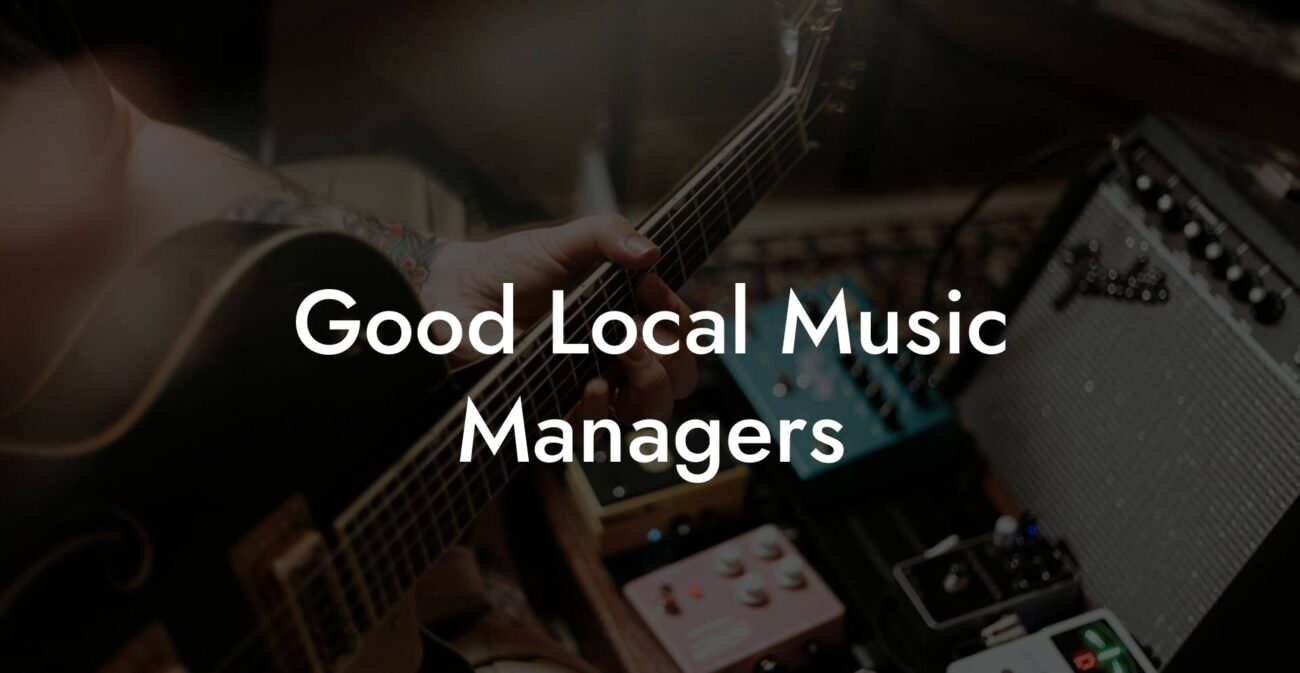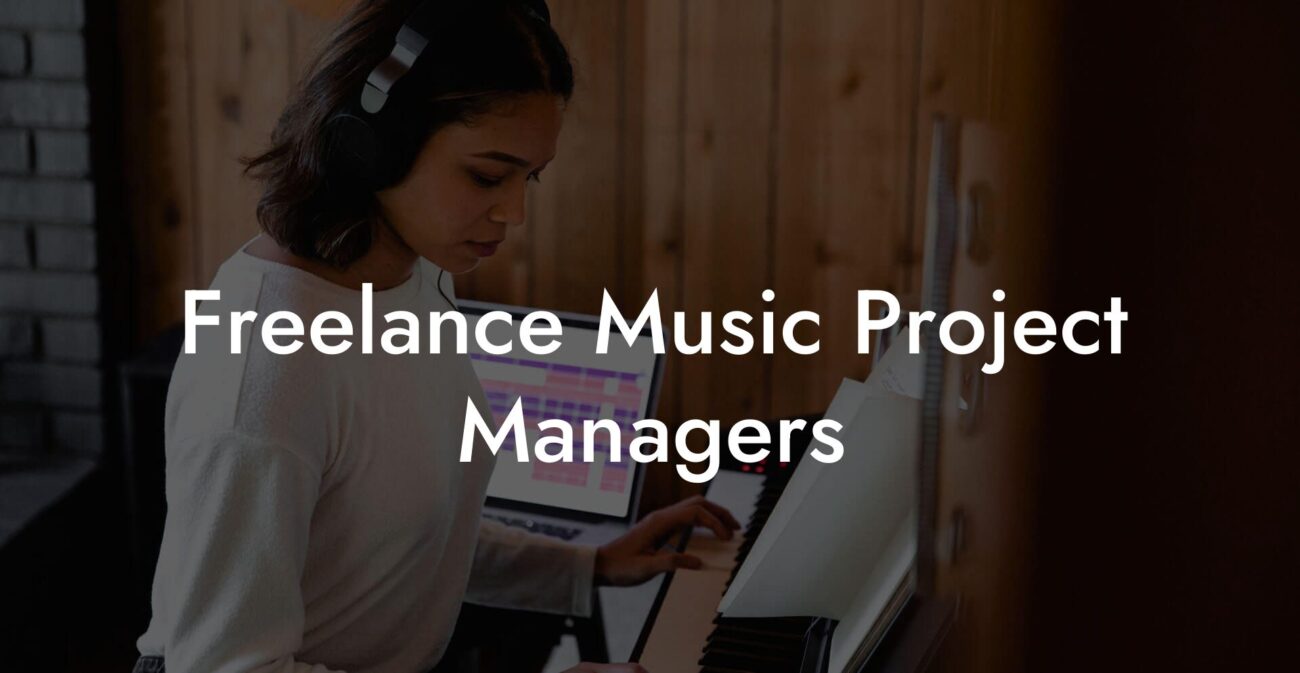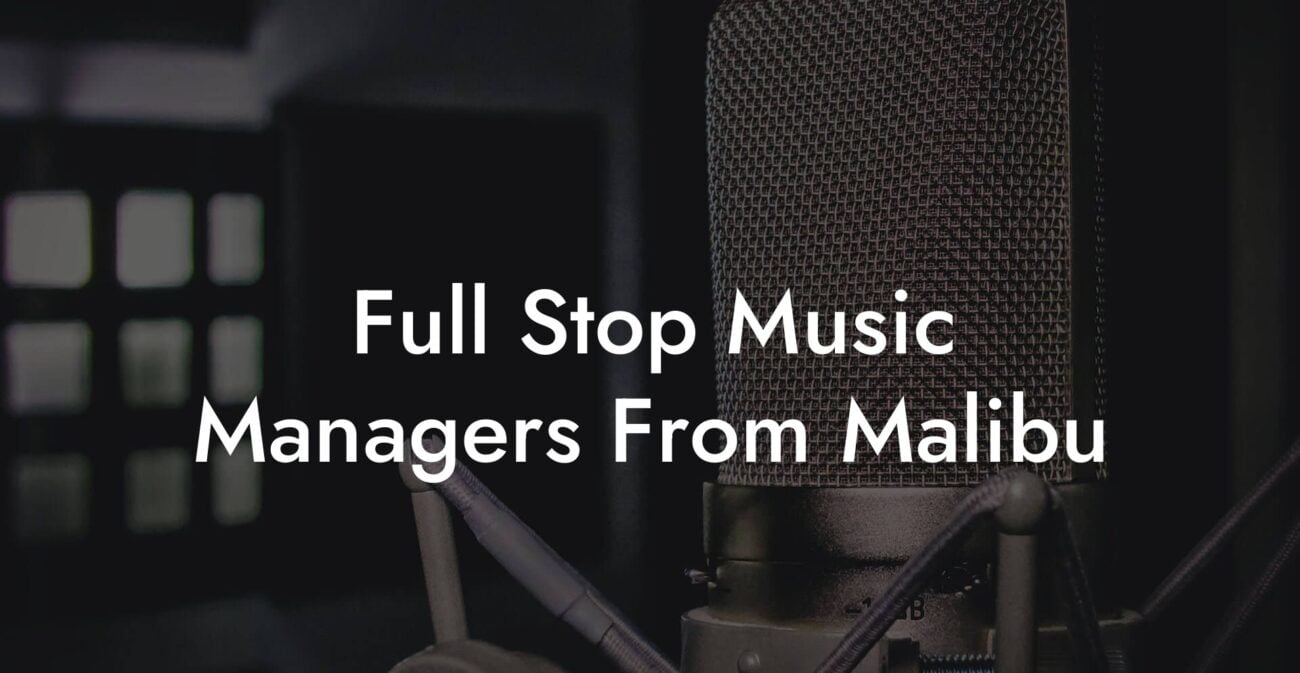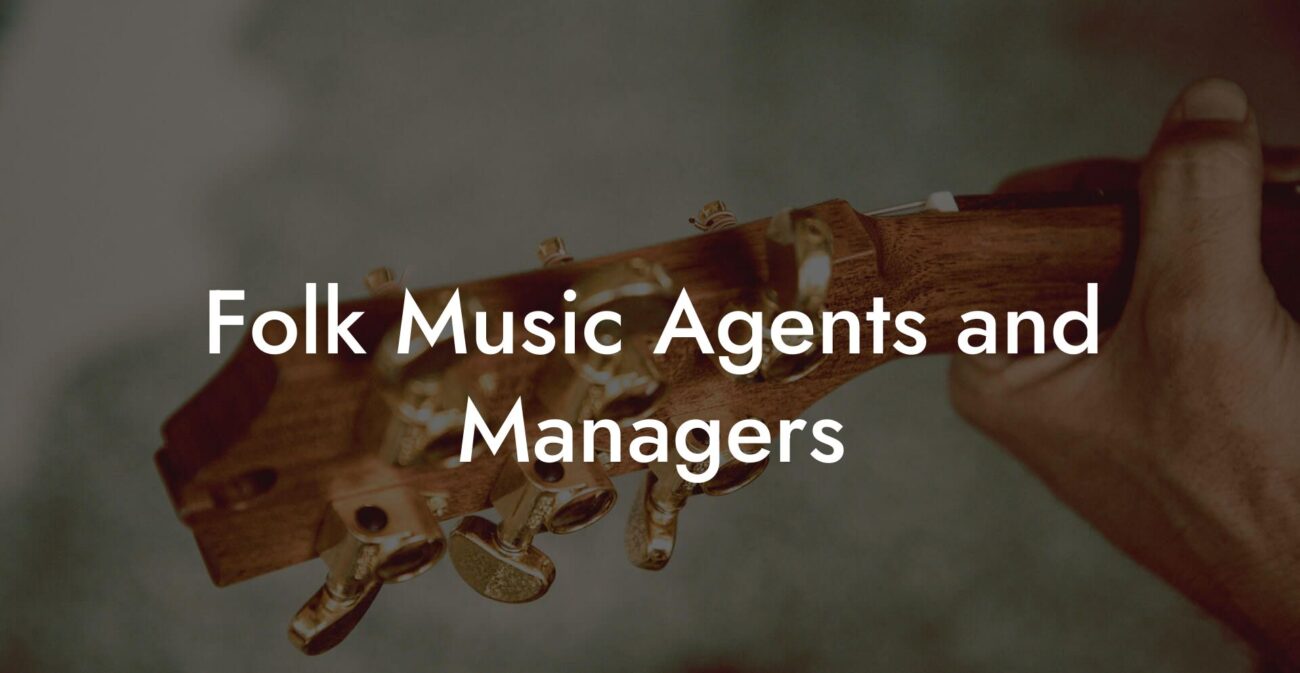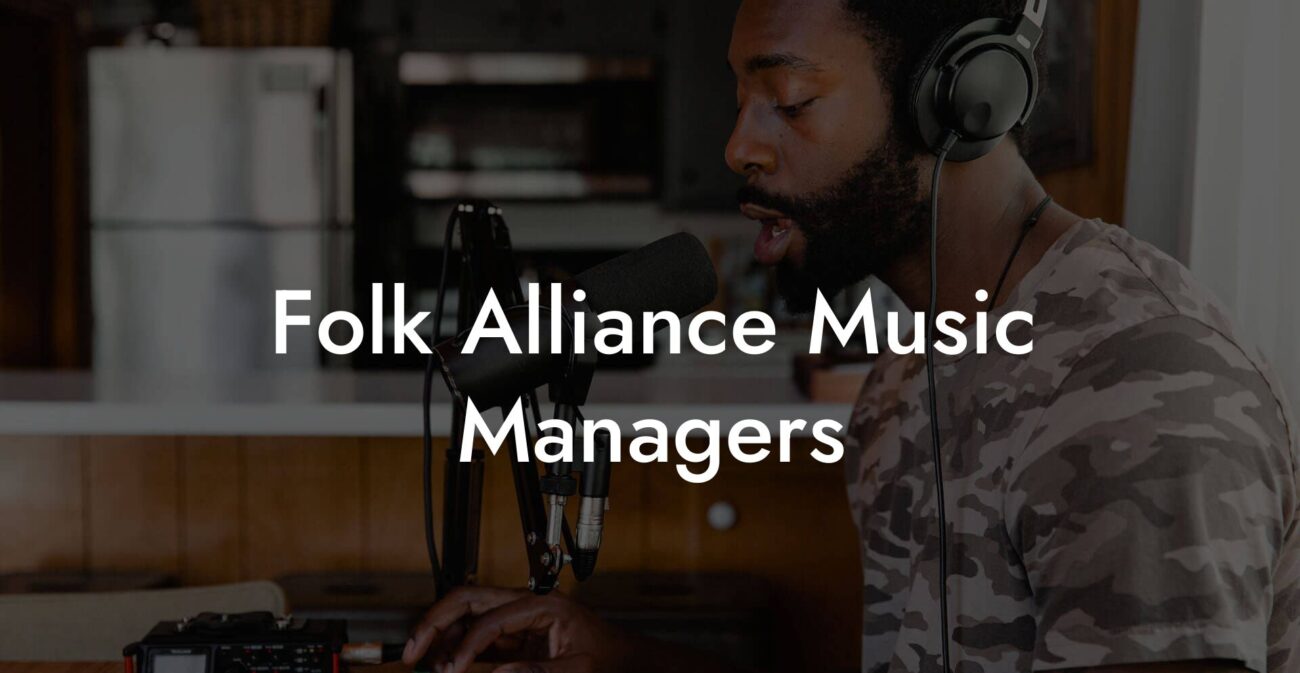Ever wondered how that catchy tune in your head can morph into an epic song that defines a generation? Writing your own songs might seem like a mystical art reserved for the chosen few, but it’s something you can totally master—even if your current songwriting skills are limited to humming in the shower. Whether you’re aiming to drop your next viral hit on TikTok or simply express your raw emotions with some killer lyrics, this guide’s got your back. Let’s dive into the creative chaos of songwriting and unlock your inner musician.
Looking to write your next song? Transform your creative ideas into songs that people will love, and skyrocket your music career with Lyric Assistant. The perfect songwriting assistant. Find out more →
Quick Links to Useful Sections
- The Spark: Why Write Your Own Songs?
- Discovering Your Inspiration: Finding That Musical Muse
- Embrace Your Emotions
- Tap Into Your Experiences
- Look Around: Art, Nature, and Pop Culture
- The Anatomy of a Song: Understanding Structure and Style
- Verse, Chorus, and Bridge: The Holy Trinity
- Rhythm, Rhyme, and Riff: Playing with Sounds
- Finding Your Flow
- Getting Started: Drafting Your Song
- Step 1: Brainstorm and Free-Writing
- Step 2: Create a Rough Outline
- Step 3: Write, Rethink, and Rewrite
- Tools of the Trade: Leveraging Technology to Boost Creativity
- Lyric Assistant: Your Creative Wingman
- Recording Software and Mobile Apps
- Songwriting Techniques: Crafting Lyrics That Resonate
- 1. Storytelling Through Lyrics
- 2. Using Metaphors and Similes
- 3. Clever Wordplay and Puns
- 4. Play with Rhythm and Cadence
- Overcoming Writer’s Block: Tips to Keep the Creative Juices Flowing
- Change Up Your Environment
- Collaborate with Others
- Set Aside Dedicated Writing Time
- Use Prompts and Challenges
- Finding Your Voice: Shaping a Unique Identity Through Music
- Be Unapologetically You
- Experiment with Different Genres
- Embrace Vulnerability
- Resources and Community Support: Your Next Steps
- Online Communities and Social Media
- Songwriting Workshops and Classes
- Local Open Mic Events
- Navigating the Business Side of Songwriting
- Copyright and Ownership
- Networking with Other Artists
- Leveraging Social Media
- Staying Motivated: The Long Road to Mastery
- Set Manageable Goals
- Celebrate the Wins
- Learn from Rejection
- Songwriting FAQs: Your Questions Answered
- Embrace the Journey: Your Songwriting Adventure Awaits
The Spark: Why Write Your Own Songs?
In a world overflowing with auto-tuned radio hits and algorithm-generated playlists, writing your own songs stands out as a rebellious act of self-expression. Songwriting is more than just putting words and melodies together—it’s a way to communicate your unique story, capture your emotions, and even spark social change. Plus, nothing feels quite as awesome as hearing your song on a party playlist or watching your online audience vibe to your freshly minted lyrics.
For Millennials and Gen Z, music is the lifeblood of culture and rebellion. We’re constantly seeking authenticity and originality, and your earnest attempt to create your own musical masterpiece speaks volumes about who you are. Not to mention, with tools like Lyric Assistant by your side, crafting lyrics that resonate with your experiences has never been easier. Let’s explore how to channel that creative energy and start writing your own songs.
Discovering Your Inspiration: Finding That Musical Muse
Every great song starts with an idea—whether it’s a heartache, a random encounter, or even a fleeting thought while you’re binge-watching your favorite series. Inspiration can hit you anywhere, anytime. The trick? Learn to recognize it and let it inspire you, even on your laziest days.
Embrace Your Emotions
Your feelings are a rich source of creativity. Feel happy, sad, nostalgic, or even downright angry? Translate those emotions into lyrics. Some of the most iconic songs were born from raw, unfiltered emotion. Write about love, loss, or the ups and downs of everyday life—your honest narrative is what sets your music apart.
Write Lyrics Like a Professional Songwriter
The ultimate songwriting tool that takes your creative vision to the next level! With just a few clicks, you can unleash your inner songwriter and craft a hit that's uniquely yours. Your song. You own it.
Tap Into Your Experiences
Life is packed with unforgettable moments, even if they seem mundane at times. A late-night conversation, an argument with a friend, or even your morning coffee ritual can spark an idea for a verse or a chorus. Draw inspiration from your personal experiences and observations. When you write about what you actually know, your song becomes more authentic and relatable.
Look Around: Art, Nature, and Pop Culture
Sometimes, stepping away from your daily routine can open you up to new ideas. Visit an art exhibit, go on a nature walk, or even dive into a new TV series. Expose yourself to different forms of creativity. Music is all about connecting diverse dots—so let your mind wander and capture the little details that spark vivid images.
Another golden nugget? Keep a journal or a notes app handy. That random phrase you overheard at a coffee shop might be the hook for your next hit. Inspiration is everywhere—sometimes, you just’ve gotta look for it.
The Anatomy of a Song: Understanding Structure and Style
Before you plunge into penning down verses, let’s dissect what makes a song tick. Think of songwriting as a recipe where different ingredients blend to create something extraordinary. While there are no hard rules (because breaking the rules is where creativity thrives), understanding the basic structure can serve as a helpful roadmap.
Verse, Chorus, and Bridge: The Holy Trinity
Most songs follow a structure that includes verses, choruses, and sometimes, bridges. The verses are where you set the scene and build the storyline. They’re like the chapters of your novel. The chorus is the catchy, repetitive part meant to grab attention and resonate long after the song is over. And then there’s the bridge—a distinct twist or a fresh perspective—to shake things up and keep your listeners engaged.
Rhythm, Rhyme, and Riff: Playing with Sounds
When it comes to lyrics, rhythm and rhyme are your best friends. Experiment with different rhyming schemes and rhythmic patterns to see what flows naturally. Don’t worry if your first draft feels awkward—the beauty of songwriting lies in the process of trial, error, and eventual mastery. Sometimes a clever rhyme or unexpected wordplay can elevate a mediocre verse into something spectacular.
Finding Your Flow
Your unique voice is what will set your song apart. Are you into witty humor, deep introspection, or a blend of both? Experiment with various styles until you find a flow that feels true to who you are. The goal is to sound natural—like you’re having a conversation with a friend, albeit in a more creative format.
Getting Started: Drafting Your Song
Now that you’re buzzing with ideas and have a roadmap for your song’s structure, it’s time to start drafting. Don’t worry about making it perfect on the first go—your first draft is just a wild, untamed sketch of your thoughts.
Step 1: Brainstorm and Free-Writing
Grab your favorite snack, put on some mood music, and free-write. Let your thoughts flow without judgment. Write down quirky phrases, images, and emotions as they come. This isn’t the polished final draft; it’s more like your creative playground.
Step 2: Create a Rough Outline
Once you’ve got a bunch of raw material, draft an outline that organizes your ideas into verses, a chorus, and perhaps a bridge. Think of each section as a mini-story that contributes to the bigger picture of your song. This outline will be the skeleton upon which you can flesh out your lyrics.
Step 3: Write, Rethink, and Rewrite
With your outline in hand, start composing your song. Don’t be afraid to experiment with different word choices or sentence structures. Writing is rewriting, and every revision brings you closer to a song that truly represents your vision. Remember, even your favorite artists don’t get it right the first time—perfection comes with iteration.
If you hit a creative block (and trust me, every songwriter has been there), consider taking a break or switching up your environment. A change of scenery might be exactly what you need to reignite your flow.
Tools of the Trade: Leveraging Technology to Boost Creativity
In today’s digital age, technology is a game-changer for songwriters. Gone are the days of scribbling on notepads and relying solely on memory. Tools like Lyric Assistant empower musicians to streamline the creative process. These innovative platforms provide endless inspiration, help polish your lyrics, and even offer creative suggestions when you’re stuck.
Lyric Assistant: Your Creative Wingman
Imagine having a reliable sidekick who helps you brainstorm, checks your rhymes, and even suggests alternative phrases when the perfect line escapes you. That’s what Lyric Assistant does. It’s designed to make lyric writing effortless so you can focus on the artistic expression. Whether you’re drafting your debut or perfecting your tenth track, this tool is your go-to for igniting creativity.
Recording Software and Mobile Apps
Beyond lyric writing, consider using recording software or mobile apps to capture your ideas whenever inspiration strikes. Voice memos, digital notebooks, and even video recordings can help ensure that moment of genius isn’t lost. These tools let you record ideas on the fly, which you can later refine into polished lyrics.
Experiment with digital audio workstations (DAWs) like GarageBand or Ableton Live to pair your lyrics with beats. Sometimes, hearing your words over a rough melody can open up new avenues for creative expression.
Songwriting Techniques: Crafting Lyrics That Resonate
Once you’ve got the basics down, it’s time to delve into some nifty techniques that can make your lyrics pop. Think of these as the secret sauce to boost the flavor of your song.
1. Storytelling Through Lyrics
At its core, a song is a story—a narrative that unfolds with each verse and chorus. Begin by establishing a clear narrative arc. Whether it’s a tale of heartbreak, a triumphant comeback, or an introspective journey, ensure your story has a beginning, middle, and end. Develop characters, settings, and scenarios that allow your listeners to emotionally invest in your song.
2. Using Metaphors and Similes
Metaphors and similes are literary tools that can elevate your lyrics from mundane to magical. They help paint vivid images and evoke emotions in a way that straight descriptions often can’t. Experiment with comparisons that add depth to your story—like comparing a broken heart to a shattered mirror, or contrasting light and darkness as symbolic of hope and despair.
3. Clever Wordplay and Puns
Don’t be afraid to let your witty side shine. Clever wordplay, puns, and double entendres can infuse humor and relatability into your lyrics. The trick is to strike a balance—make it clever without confusing your audience. Think of it as seasoning; a little goes a long way.
4. Play with Rhythm and Cadence
The way words flow matters just as much as the words themselves. Read your lyrics aloud and experiment with different cadences. Changing the pace and rhythm can highlight certain emotions or dramatic moments in your song. It may even inspire new musical ideas that complement your words.
Remember, great songwriting is all about trial and error. Try out different techniques, mix them up, and find a combination that feels authentic to you.
Overcoming Writer’s Block: Tips to Keep the Creative Juices Flowing
Let’s face it—every musician hits a wall sometimes. Writer’s block can feel like your muse has taken an extended vacation, but don’t worry, we’ve got some tips to help you reignite that spark.
Change Up Your Environment
Sometimes a change of scenery can do wonders for your creativity. Take a stroll in the park, hang out at a local coffee shop, or even just rearrange your writing space. These small shifts can open your mind to new ideas.
Collaborate with Others
Two (or more) heads are better than one. Collaborating with fellow musicians or lyricists can introduce fresh perspectives and new energy into your writing process. Whether it’s a casual jam session or a structured co-writing meeting, collaboration can help break down creative barriers.
Set Aside Dedicated Writing Time
Consistency is the secret ingredient to overcoming writer’s block. Try to set aside a specific time each day dedicated solely to songwriting. It might feel forced at first, but over time you’ll start to associate that time with creativity.
Use Prompts and Challenges
Explore online songwriting prompts or join a writing challenge. Sometimes a little direction—a random word or a provocative image—can inspire a breakthrough in your writing.
Remember, writer’s block is just a temporary hiccup. The important thing is to keep experimenting, take breaks when needed, and most importantly, have fun with the process.
Finding Your Voice: Shaping a Unique Identity Through Music
Authenticity is the name of the game when it comes to songwriting. Your voice is a unique blend of your personal experiences, emotions, and perspectives. It’s what separates you from the crowd and gives your music its signature flavor.
Be Unapologetically You
Don’t try to mimic the styles of your favorite artists. While it’s perfectly fine to take inspiration, your most compelling songs stem from your own truths. Celebrate your quirks and imperfections—they’re the essence of your individuality.
Experiment with Different Genres
Not sure which style fits your personality? Experiment! Whether it’s pop, hip-hop, indie, rock, or a genre-blending hybrid, the exploration itself can be a journey of self-discovery. Allow yourself to mix elements that resonate with you and create a sound that is distinctly yours.
Embrace Vulnerability
True artistry often lies in vulnerability. Sharing your fears, dreams, and personal struggles can create a deep connection with your audience. Some of the most compelling lyrics are those that lay bare your soul. Trust that your honesty will resonate with listeners who have been in similar shoes.
As you refine your songwriting craft, remember that developing your voice is an ongoing process. It evolves with your experiences, so be patient and let your style mature naturally.
Resources and Community Support: Your Next Steps
Venturing into the world of songwriting doesn’t have to be a solitary journey. There’s a vibrant community of artists, writers, and music enthusiasts out there ready to support you. Connecting with other songwriters can offer invaluable insights, feedback, and inspiration.
Online Communities and Social Media
From Reddit forums to dedicated Facebook groups and Instagram communities, the internet is brimming with spaces where creatives share their work and celebrate each other’s successes. Engage with these platforms to exchange tips, seek feedback, and collaborate on new projects.
Songwriting Workshops and Classes
Consider enrolling in online or in-person songwriting workshops. These classes provide structured guidance, peer critique, and professional insights that can help hone your skills. Whether you’re just starting out or looking to break through a creative block, targeted instruction can push you to new creative heights.
Local Open Mic Events
Don’t underestimate the power of live performances. Local open mic nights offer a platform to try out your new songs in a supportive environment. You’ll not only gain performance experience, but also receive direct feedback from real audiences.
And remember, your journey is uniquely yours. Whether you’re using Lyric Assistant to fine-tune your lyrics or drawing inspiration from diverse music scenes, community and resources are out there to elevate your creativity. So go ahead—join a community, attend a workshop, and keep pushing your boundaries.
Navigating the Business Side of Songwriting
While passion and creativity are the heartbeats of songwriting, a little business savvy goes a long way in turning your art into a career. Understanding the basics of music publishing, copyright, and networking can prepare you for success in a competitive industry.
Copyright and Ownership
Once you’ve written your song, it’s important to protect your creative property. Research copyright registration and publishing rights to secure your work. This knowledge not only safeguards your art but also opens opportunities for monetization down the road.
Networking with Other Artists
Build connections within the music industry by reaching out to fellow songwriters, producers, and performers. Networking can lead to collaborations that elevate your work, offer fresh creative insights, and even open doors to new career opportunities.
Leveraging Social Media
Platforms like Instagram, TikTok, and YouTube are not just for entertainment—they’re powerful tools for promoting your music and connecting with fans. Share snippets of your creative process, behind-the-scenes looks, and finished tracks to build your audience and attract industry attention.
Embrace a dual mindset: create with passion and share with purpose. As you fine-tune your songwriting craft, consider the steps that transform your creative expressions into lasting impacts on your audience and maybe even a sustainable career.
Staying Motivated: The Long Road to Mastery
Songwriting is a marathon, not a sprint. There will be days when every word feels forced, but those moments are as essential to your growth as the breakthroughs. Here are some actionable tips to keep you motivated along your journey:
Set Manageable Goals
Instead of pressuring yourself to write a masterpiece every day, set small, achievable targets. Write one verse, draft a catchy hook, or even just revise a line. These incremental steps add up to a full-fledged song over time.
Celebrate the Wins
Every completed draft, every lyric that finally clicks, is a victory. Reward yourself with a break, a new playlist, or a creative boost from exploring new music. Recognizing progress keeps your creative spirit alive.
Learn from Rejection
Not every song will be a hit—and that’s perfectly okay. Embrace the learning curves and use constructive criticism as fuel for improvement. Remember, many legendary artists have faced rejection before their breakthrough.
The journey may be winding, but each experience, each setback, only adds depth to your artistry. Stay true to your vision, keep honing your craft, and know that persistence is as important as inspiration.
Songwriting FAQs: Your Questions Answered
We know you might have a ton of questions swirling around like refrains in your head. Here are some FAQs that cut through the noise and offer practical insights into starting your songwriting journey.
1. Do I need to have perfect grammar or poetry skills to write songs?
Not at all! Songwriting is as much about emotion and storytelling as it is about grammar. Let your words flow naturally—even if they’re imperfect.
2. How do I come up with a catchy chorus?
A catchy chorus often comes from simplicity and repetition. Play around with a few ideas until the lines feel like they’re resonating with your mood. Tools like Lyric Assistant can even help if you’re looking for that extra spark.
3. What if I’m stuck on a particular section of my song?
Hitting a creative roadblock happens to everyone. Skip the block temporarily, work on another section of the song, or take a break. Sometimes, coming back with fresh eyes is all you need to unlock new ideas.
4. Can I mix different genres in one song?
Absolutely! Some of the most innovative music today blends genres seamlessly. If a pop melody with a hint of hip-hop or rock vibes feels right, go for it.
5. How can social media help me gain recognition as a songwriter?
Social media platforms are amazing for networking and reaching out to a broad audience. Share your creative process, finished tracks, and behind-the-scenes moments to build a dedicated following.
6. Is it necessary to have musical training to write a good song?
Not necessarily. Many successful songwriters are self-taught. While understanding musical basics can help, the heart of songwriting is your creativity and unique perspective.
The key is to start writing and not get discouraged by early challenges. Every artist grows through experience and persistence.
Embrace the Journey: Your Songwriting Adventure Awaits
Writing your own songs is an adventurous journey—a way to express your inner thoughts, connect with others, and leave your unique mark on the world of music. It’s a process filled with highs, lows, breakthroughs, and breakthroughs yet to come. From the spark of an idea to the final polishing of your lyrics, every step is part of your creative evolution.
Think of your songwriting journey as a long road filled with twists and turns. Some days, the words will flow like a mountain stream; on other days, you might feel like you’re wading through molasses. And that’s perfectly okay. What matters is that you keep pushing forward, learning, and evolving as an artist.
So, whether you’re tapping away on your phone using Lyric Assistant, scribbling notes in your favorite coffee shop, or jamming out with a friend on a lazy afternoon, remember: every moment is a stepping stone towards mastering the art of songwriting. Embrace your creative journey, celebrate the little victories, and let your unique voice be heard.
Your adventure in songwriting is just beginning. Dive into your creativity with confidence, experiment boldly, and let your heart lead the way. The world is eagerly waiting for your voice. So turn up the volume, grab your pen (or smartphone), and start writing—your masterpiece is waiting to be born.
Write Lyrics Like a Professional Songwriter
The ultimate songwriting tool that takes your creative vision to the next level! With just a few clicks, you can unleash your inner songwriter and craft a hit that's uniquely yours. Your song. You own it.

